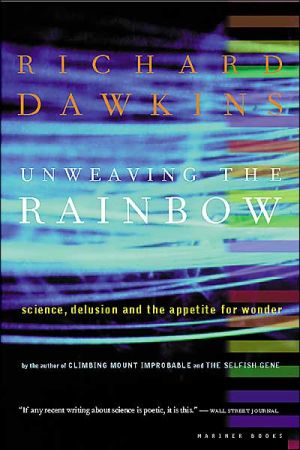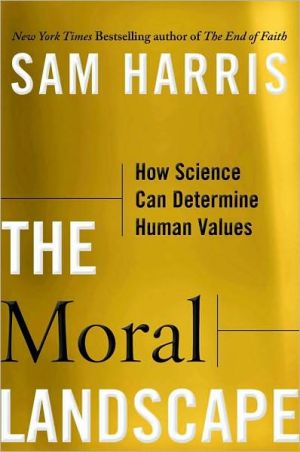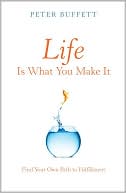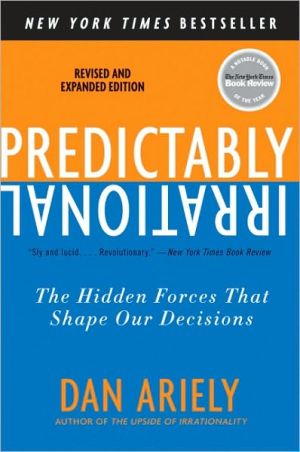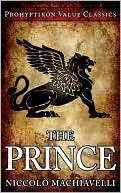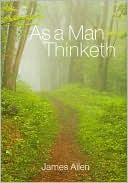Unweaving the Rainbow: Science, Delusion and the Appetite for Wonder
Did Newton "unweave the rainbow" by reducing it to its prismatic colors, as Keats contended? Did he, in other words, diminish beauty? Far from it, says acclaimed scientist Richard Dawkins; Newton's unweaving is the key to much of modern astronomy and to the breathtaking poetry of modern cosmology. Mysteries don't lose their poetry because they are solved: the solution often is more beautiful than the puzzle, uncovering deeper mysteries. With the wit, insight, and spellbinding prose that have...
Search in google:
Did Newton "unweave the rainbow" by reducing it to its prismatic colors, as Keats contended? Did he, in other words, diminish beauty? Far from it, says acclaimed scientist Richard Dawkins; Newton's unweaving is the key to much of modern astronomy and to the breathtaking poetry of modern cosmology. Mysteries don't lose their poetry because they are solved: the solution often is more beautiful than the puzzle, uncovering deeper mysteries. With the wit, insight, and spellbinding prose that have made him a best-selling author, Dawkins takes up the most important and compelling topics in modern science, from astronomy and genetics to language and virtual reality, combining them in a landmark statement of the human appetite for wonder. This is the book Richard Dawkins was meant to write: a brilliant assessment of what science is (and isn't), a tribute to science not because it is useful but because it is uplifting. "Like an extended stay on a brain health-farm . . .You come out feeling lean, tuned and enormously more intelligent."
We can get outside the universe. I mean in a sense of putting a model of the universe inside our skulls. Not a superstitious, small-minded, parochial model, filled with ghosts and hobgoblins, magic and spirits. A big model, worthy of the reality that regulates, updates, and tempers it. A powerful model capable of running on into the future and making accurate predictions of our destiny and that of our world. We are alone among animals in foreseeing our end. We are also alone in being able to say, before we die: Yes, this is why it was worth coming to life in the first place.
Prefaceix1The Anaesthetic of Familiarity12Drawing Room of Dukes153Barcodes in the Stars384Barcodes on the Air665Barcodes at the Bar836Hoodwink'd With Faery Fancy1147Unweaving the Uncanny1458Huge Cloudy Symbols of A High Romance1809The Selfish Cooperator21010The Genetic Book of the Dead23511Reweaving the World25712The Balloon of the Mind286Selected Bibliography314Index325
\ From the Publisher"A spellbinding storyteller." The New York Times\ "Brilliance and wit." The New Yorker\ "An extended rebuttal - not so much by argument as by radiant example - of perennial anti-science convictions. Few among us are better qualified for the job. If any recent writing about science is poetic, it is this." The Wall Street Journal\ "Like an extended stay on a brain health-farm . . .You come out feeling lean, tuned and enormously more intelligent." The Times of London\ \ \ \ \ \ Timothy Ferris....[T]he first thing to be said....is that [Dawkins] is to be congratulated for his courage in attempting it....Sadly, the spirit of wonder is kept waiting off stage during much of the first two-thirds of the book....Fortunately...Dawkins...settles down to ...convey each scientific idea with an affection that brings out its beauty and clarity and makes the reader feel ...as if he had thought of it himself. \ —The New York Times Book Review\ \ \ Jonathan Gathorne-HardyNo one can make science so exciting, so interesting or so clear.\ —Spectator\ \ \ \ \ San Francisco ChronicleA love letter to science, an attempt to counter the perception that science is cold and devoid of aesthetic sensibility. . . rich with metaphor, passionate arguments, wry humor. . . and unexpected connections, Dawkin's prose can be mesmerizing.\ \ \ \ \ From The CriticsDawkins, author of The Selfish Gene, expresses the virtues of a rational view of existence and captures the poetry of science in this collection of scientific essays. Dawkins' conclusions imply that the mysteries of reality are fully within our grasp. This view is the opposite of those who claim that the universe will forever remain a question mark and that perception is reality. Though Dawkins lacks an explicit philosophy, he achieves a rare feat in popular scientific literature: He blasts the myth that knowledge robs reality of its wonder. The Oxford University scientist writes: "I believe that an orderly universe, one indifferent to human preoccupations, in which everything has an explanation even if we still have a long way to go before we find it, is a more beautiful, more wonderful place than a universe tricked out with capricious ad hoc magic." Among his targets: environmentalism, Stephen Jay Gould, Margaret Mead and O.J. Simpson. This book invites readers to marvel at the known the same way we're taught to marvel at the unknown. — Scott Holleran\ \ \ \ \ Library JournalIn this discussion of scientific methodology, Dawkins quotes liberally--not fellow scientists, but poets like Keats, Coleridge, and Dickinson. The message is clear: scientific thinking may be structured and rigorous, but it never lacks a fundamental sense of beauty and wonder. (LJ 12/98)\ \ \ \ \ Timothy Ferris....[T]he first thing to be said....is that [Dawkins] is to be congratulated for his courage in attempting it....Sadly, the spirit of wonder is kept waiting off stage during much of the first two-thirds of the book....Fortunately...Dawkins...settles down to ...convey each scientific idea with an affection that brings out its beauty and clarity and makes the reader feel ...as if he had thought of it himself.\ —The New York Times Book Review\ \ \ \ \ Kirkus ReviewsDawkins takes to heart his title of Charles Simonyi Professor of Public Understanding of Science at Oxford in this thoughtful exegesis on the nature of science and why its detractors are all wrong. More with pity than anger, he takes Keats to task for faulting "cold philosophy" for unweaving the rainbow in the long poem "Lamia." On the contrary, Dawkins observes, Newton's use of a prism to split white light into the spectrum not only led to our understanding of how rainbows form in raindrops, but enabled astronomers to read the make-up of stars. Dawkins devotes a few chapters to debunking astrology, magic, and clairvoyance, arguing that, as rational adults, we need to be critical about ideas. This notion serves him handily in chapters on coincidence: He explains the exacting calculations of probabilities to show that coincidences aren't so unusual. Yet people have a penchant for finding patterns where there are none, which leads Dawkins also to address superstitions—the class of errors known as false positives and false negatives—and a wealth of cultural practices from rain dances to human sacrifice. He takes to task what he calls bad poetic science, in which he includes the theories of his rival Stephen Jay Gould in relation to what Gould sees as the three perennial questions in paleontology: Does time have a directional arrow? Do internal or external forces drive evolution? And does evolution occur gradually or in jumps? The spleen's so heavy here that one can anticipate a debate, if not a duel. Final chapters provide him with a platform for reweaving the rainbow, enlarging on his earlier themes and metaphors in relation to memes, genes, and evolution. Thespeculative writing here is less rooted in complex gene analysis than in philosophy of the Dennett school. A sharp mind is much in evidence, delighting in exposing fraud, providing instruction, baiting a colleague, and indulging in his own high-wire acts of evolutionary dreaming.\ \
